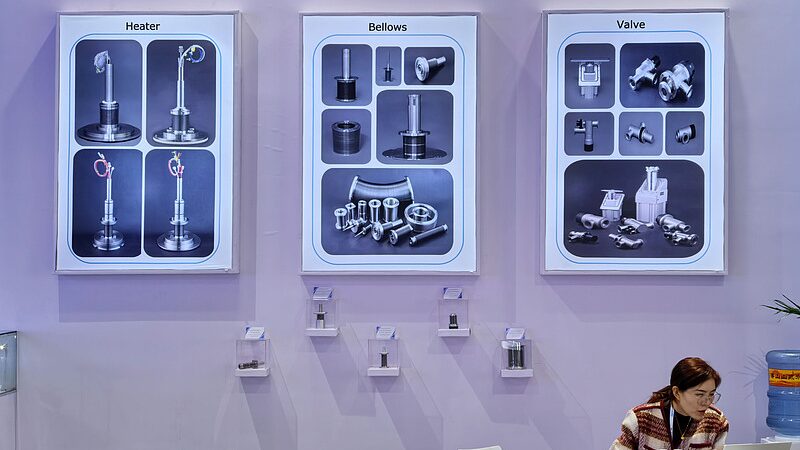The race for semiconductor supremacy is heating up, with the United States taking bold steps to curb China's technological advancements. 🇺🇸➡️🇨🇳 But will these efforts truly widen the tech gap?
Recently, the U.S. government has implemented strict export controls targeting high-end chips used in artificial intelligence and other cutting-edge fields. These measures also restrict the sale of advanced chip-making equipment, like extreme ultraviolet (EUV) lithography systems. The goal? To keep China's semiconductor capabilities in check and maintain a technological edge.
However, the narrative of national security might not tell the whole story. While the U.S. claims these controls are vital for safeguarding national interests, critics argue that economic motivations play a significant role. The U.S. fears losing its near-monopoly on certain high technologies and the profits they generate. 💰📉
Despite these efforts, China already possesses essential semiconductor technologies and production capacities necessary for its national security. Moreover, the U.S. faces challenges in ramping up its own semiconductor manufacturing. Building state-of-the-art facilities requires not just investment but also a skilled workforce and robust infrastructure, areas where the U.S. is still catching up.
Additionally, the U.S.'s approach has created a complex web of international relations. Allies may find themselves pressured to align with U.S. demands, potentially straining their strategic autonomy. 🤝⚖️
In conclusion, while the U.S. is determined to block China's semiconductor progress through export controls, the effectiveness of these measures remains uncertain. Balancing national security interests with economic realities will be crucial as this high-stakes tech battle continues. Stay tuned as we uncover more layers of this global showdown! 🌍💬✨
Reference(s):
Will the U.S. succeed in blocking semiconductor development in China?
cgtn.com





